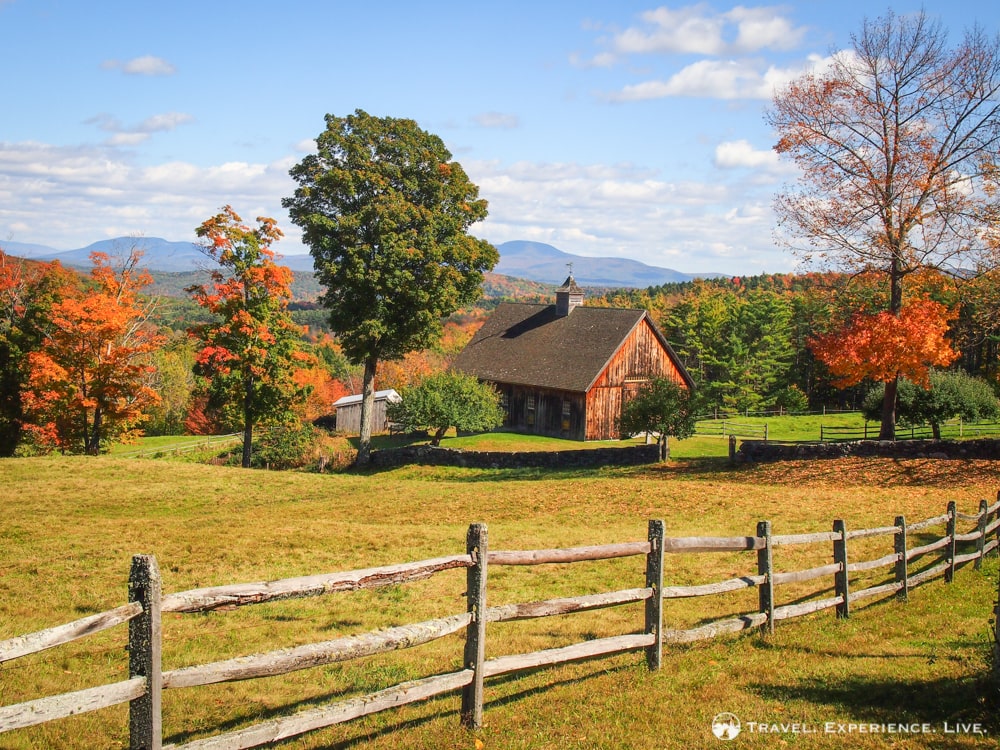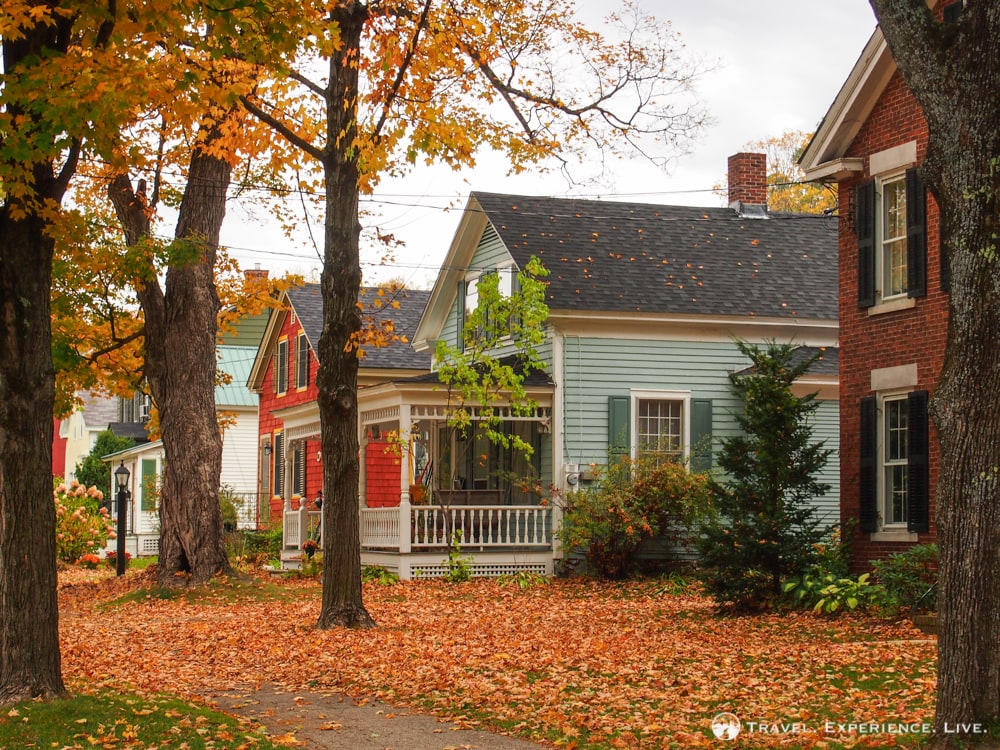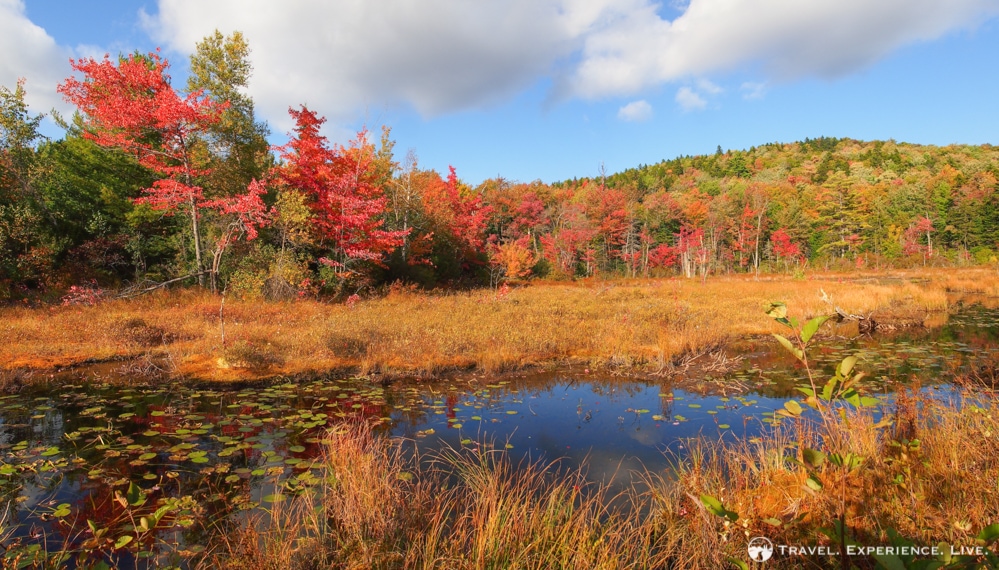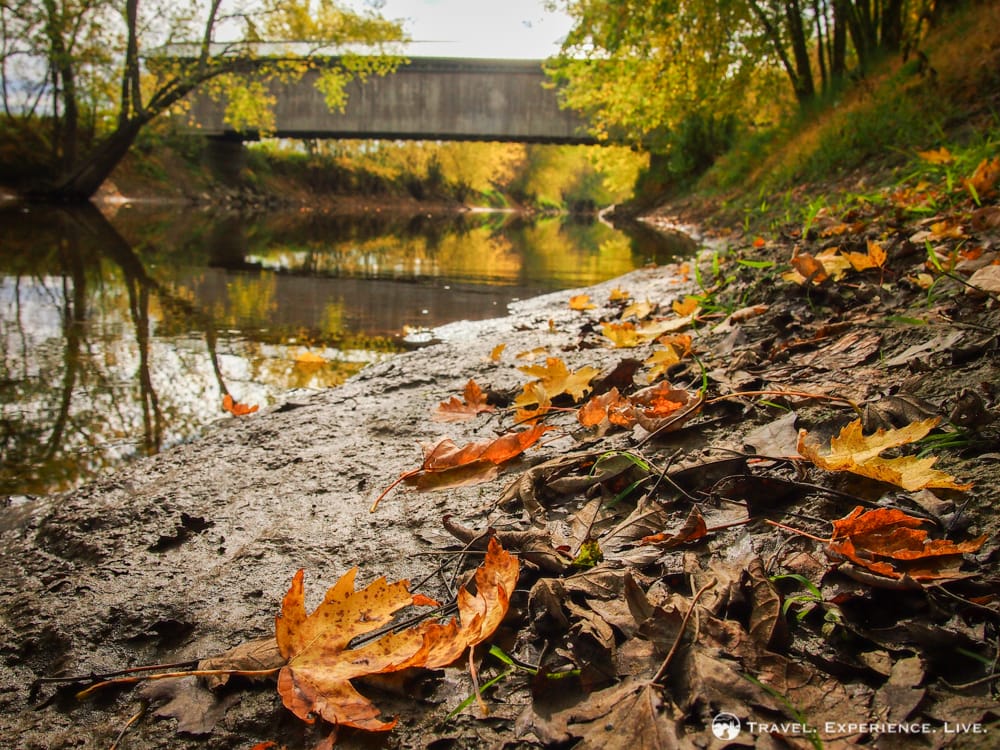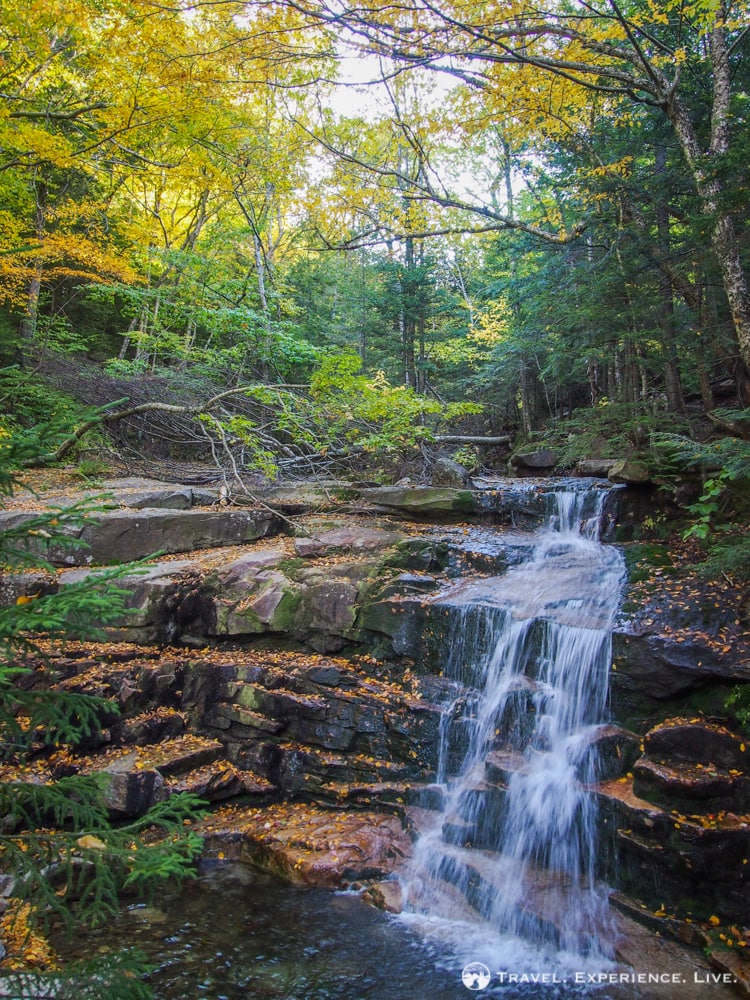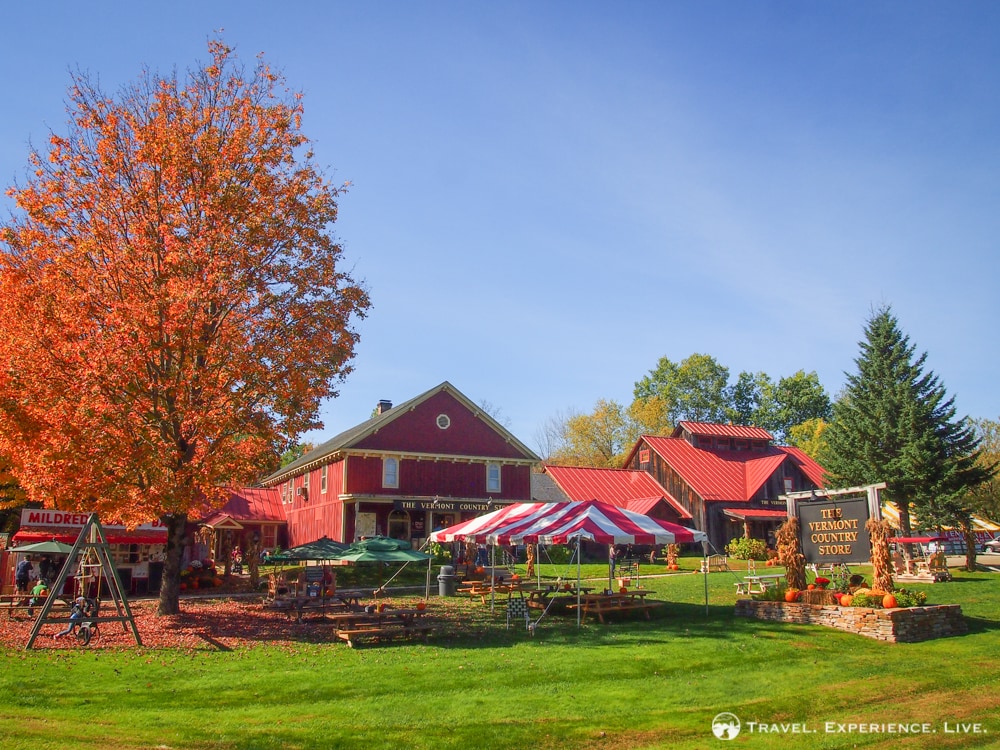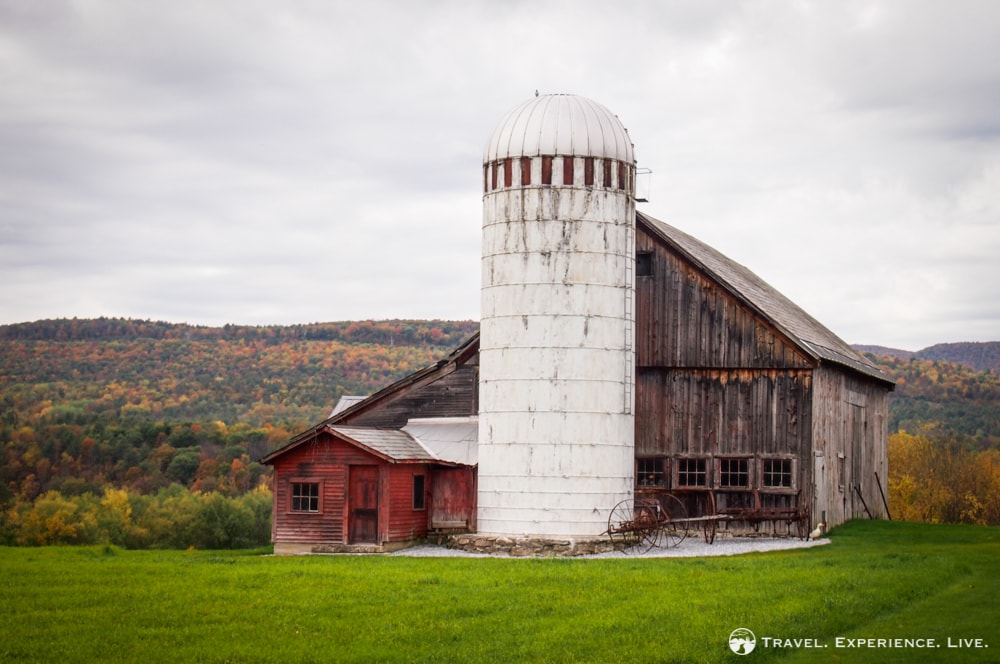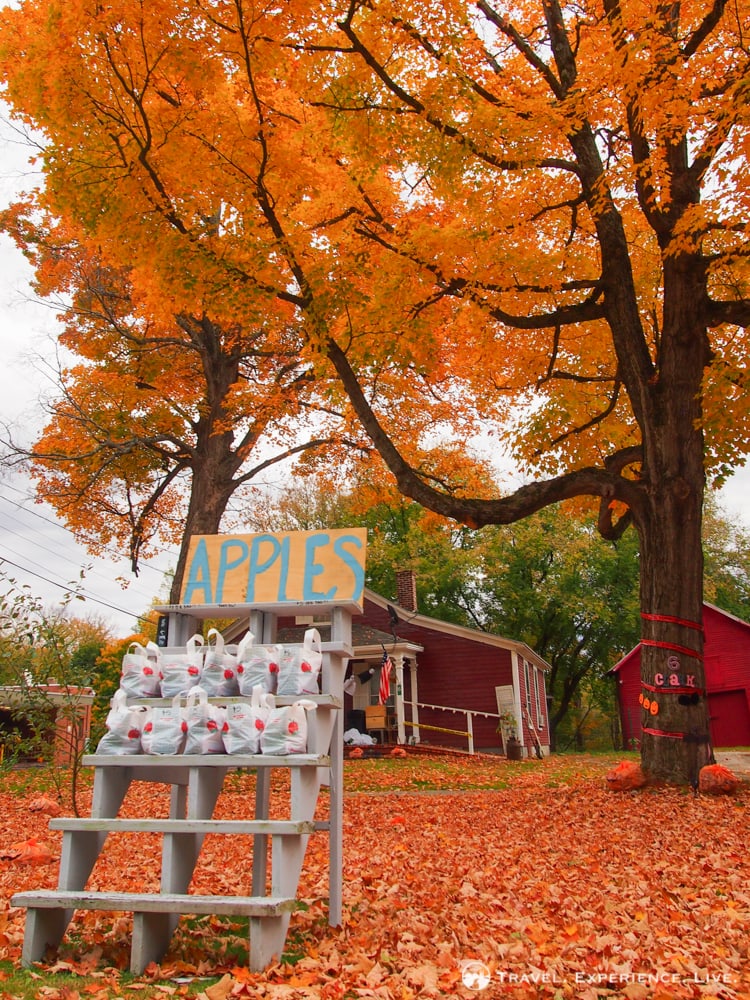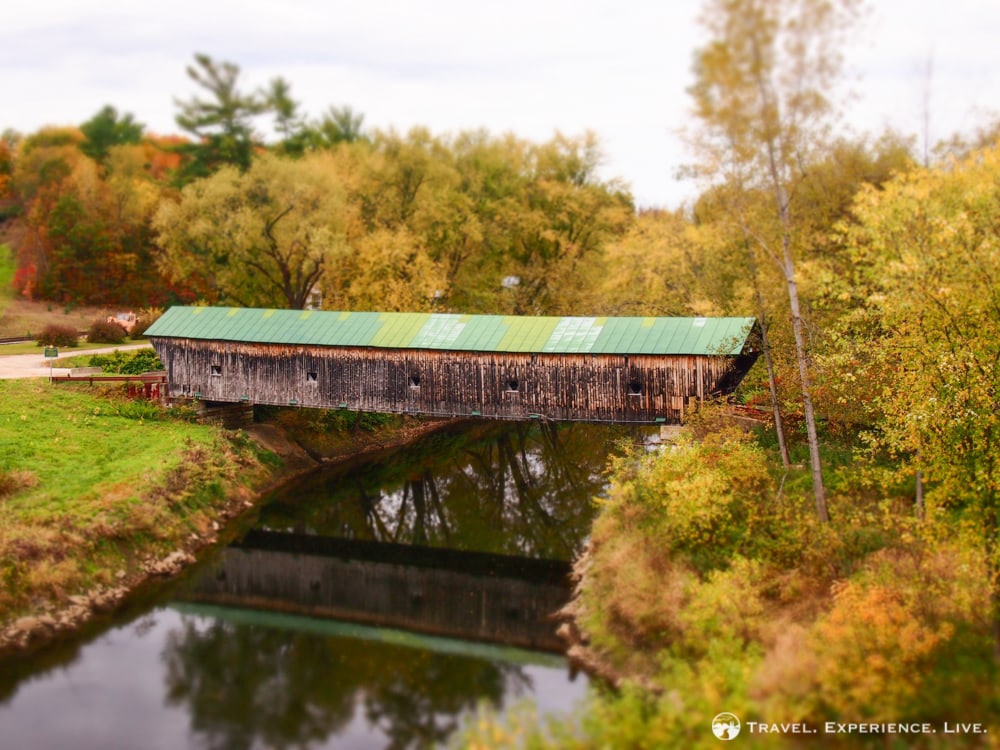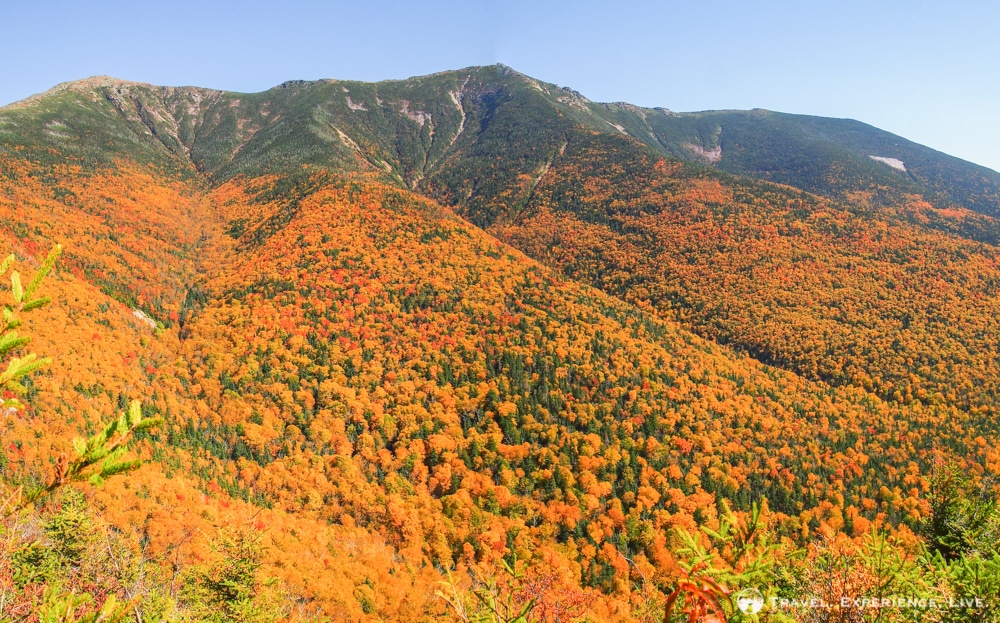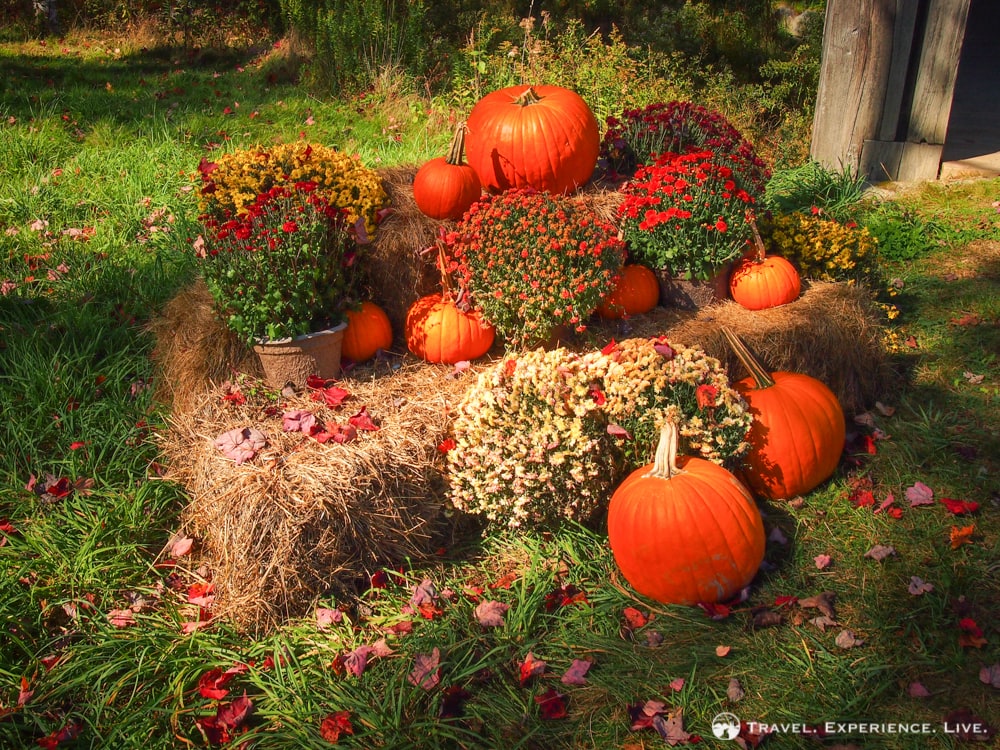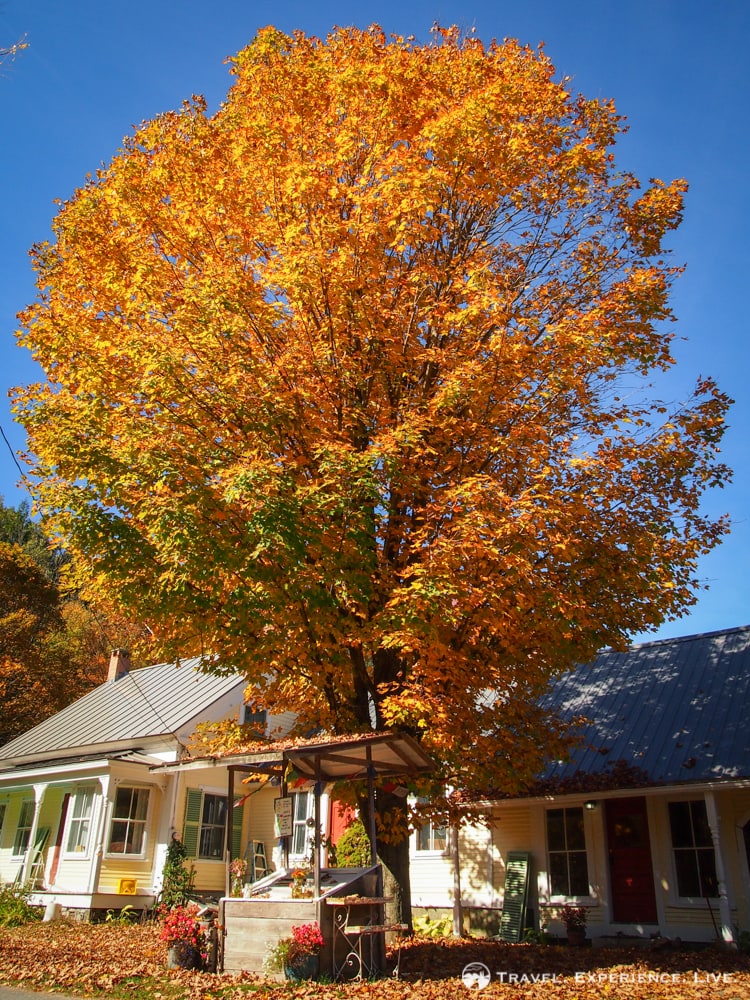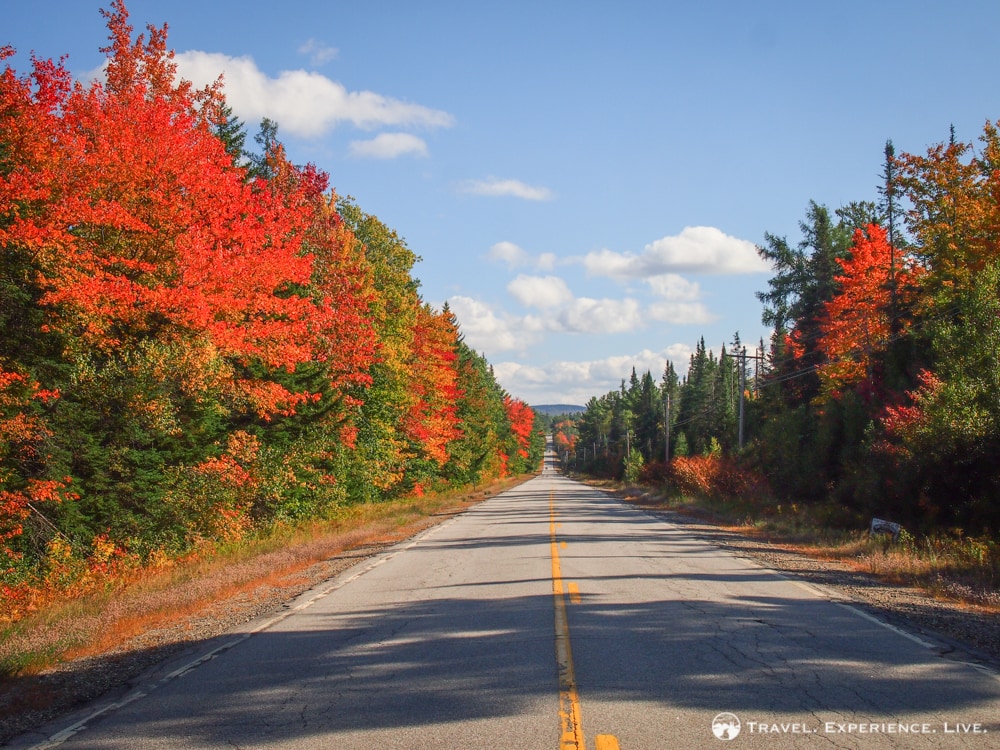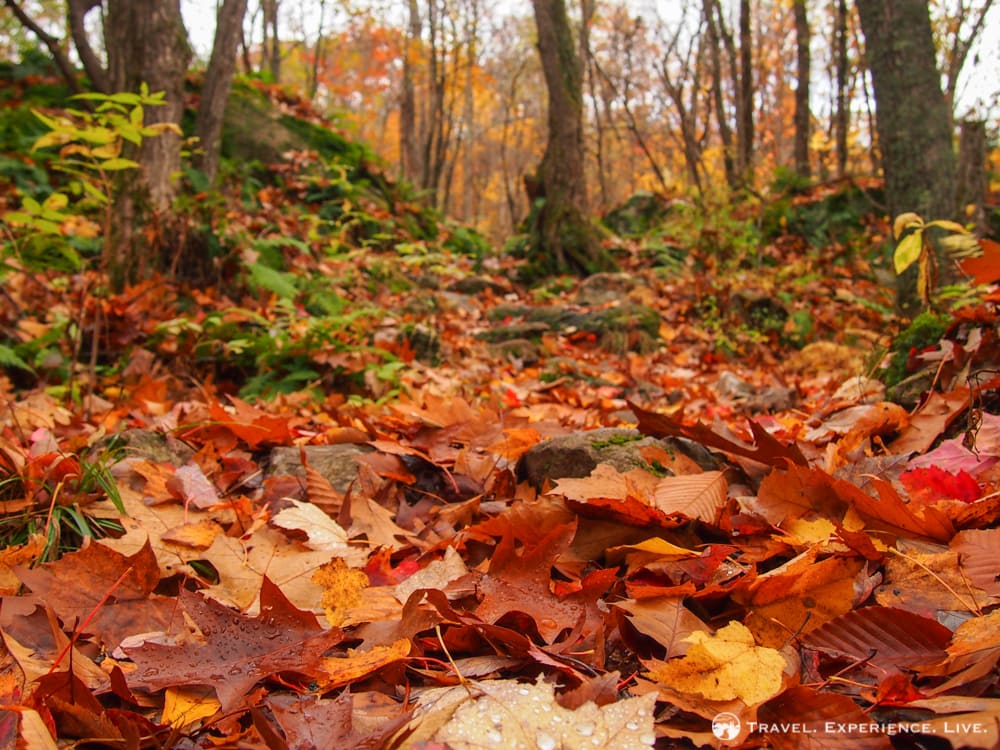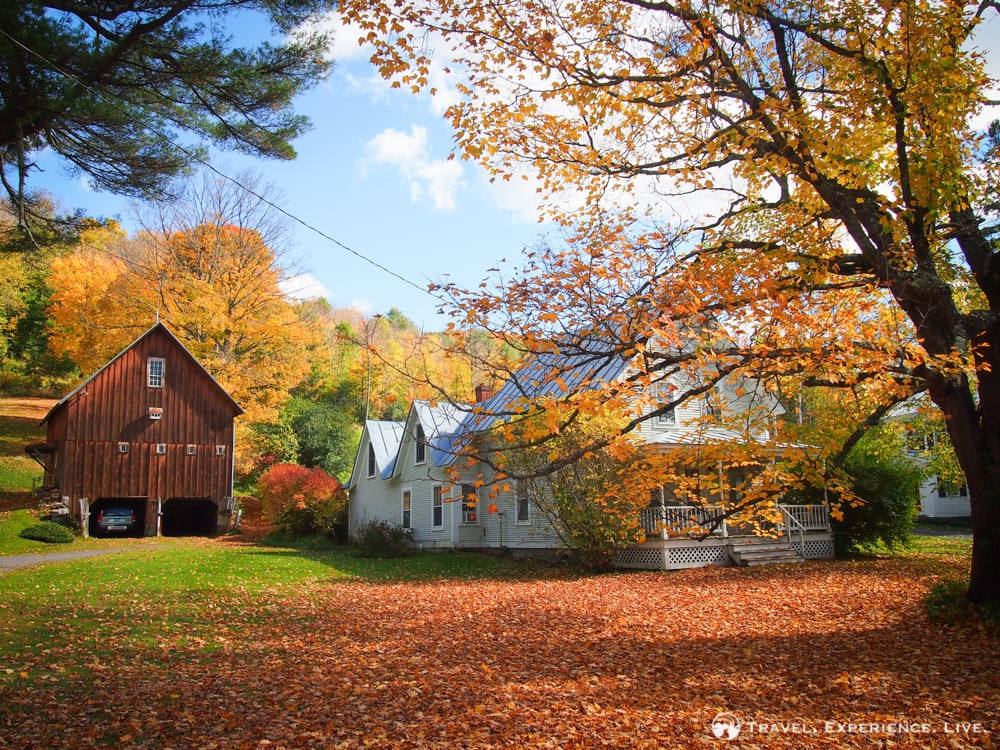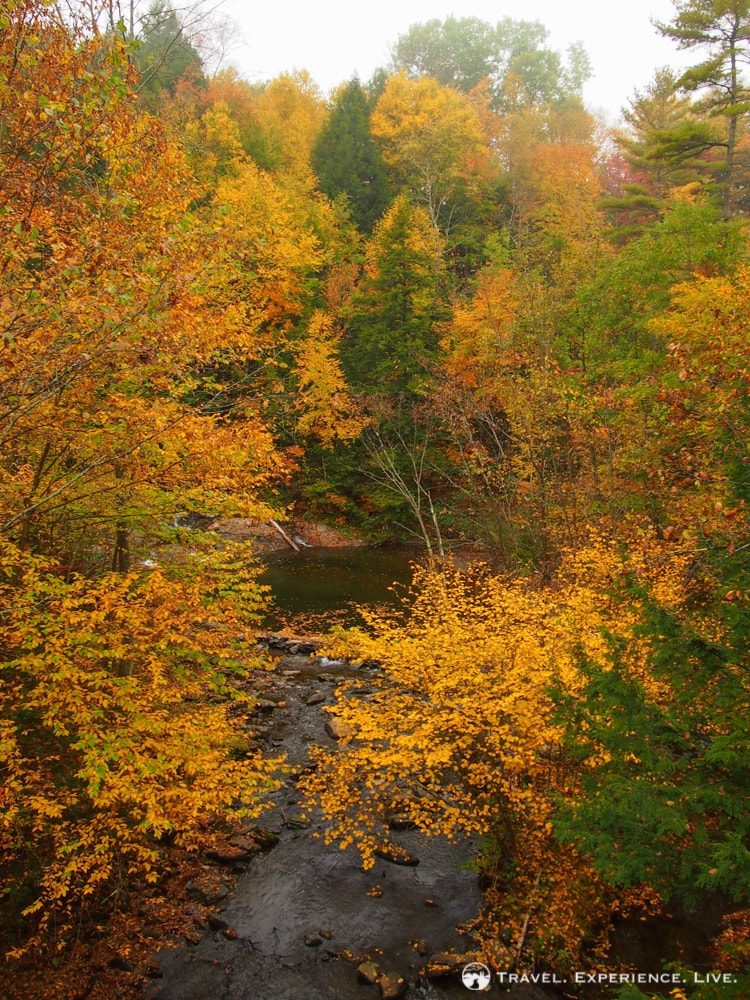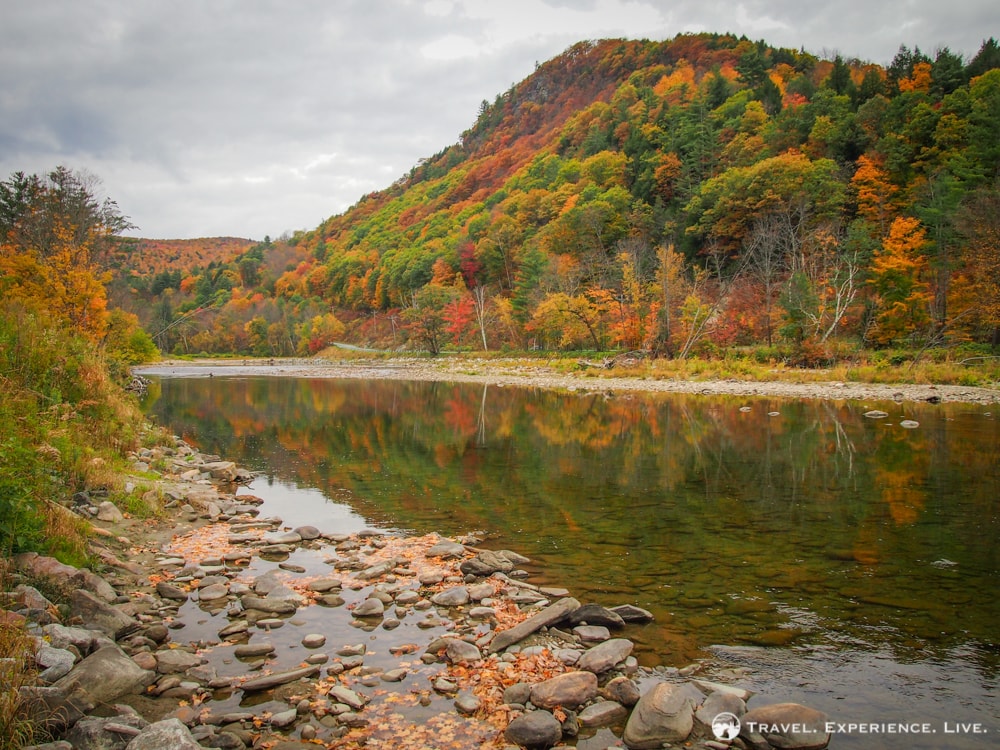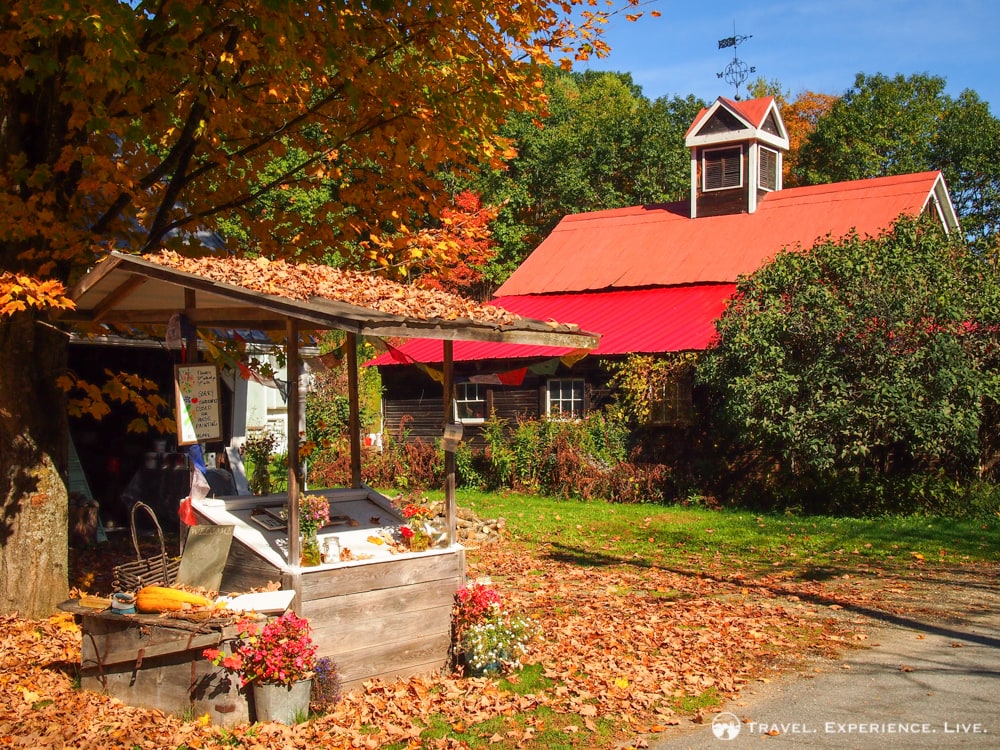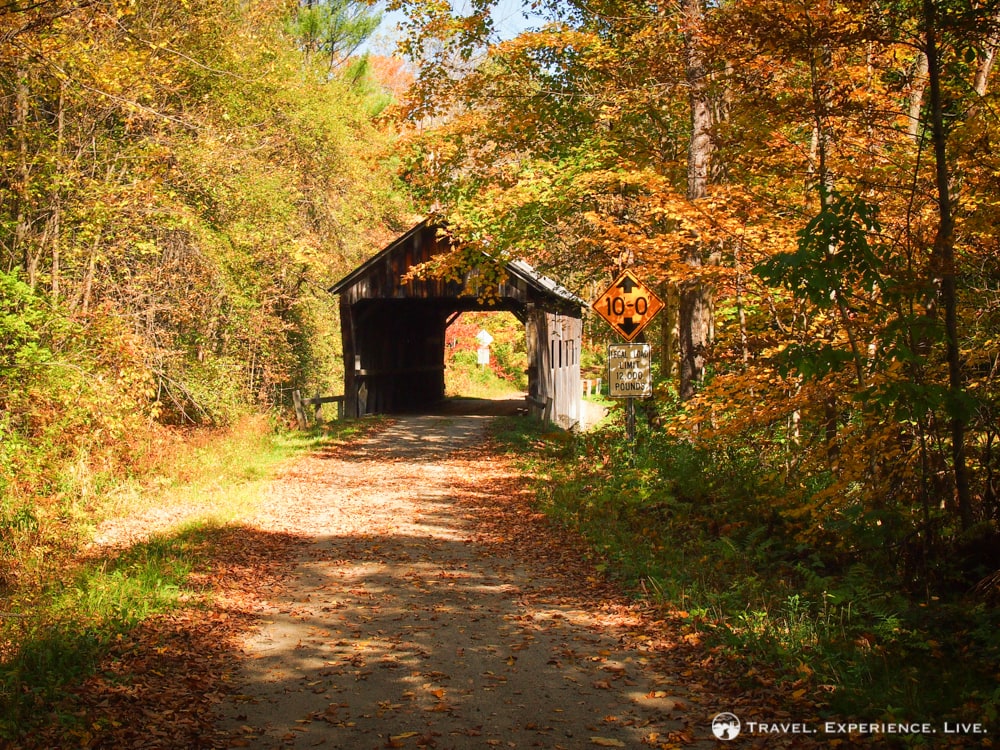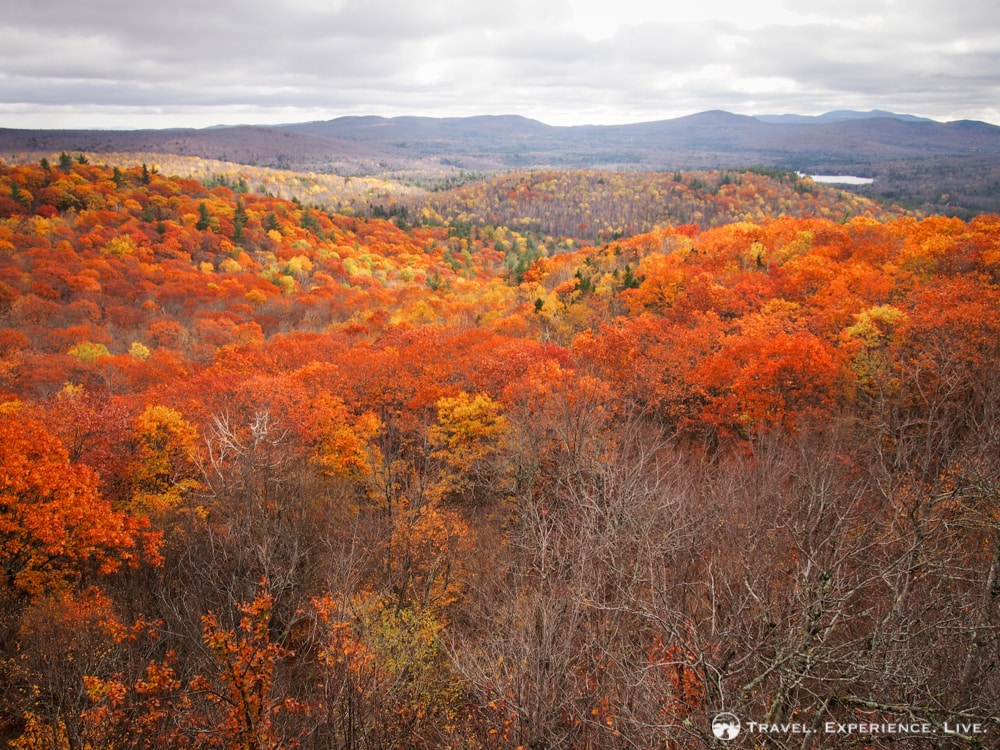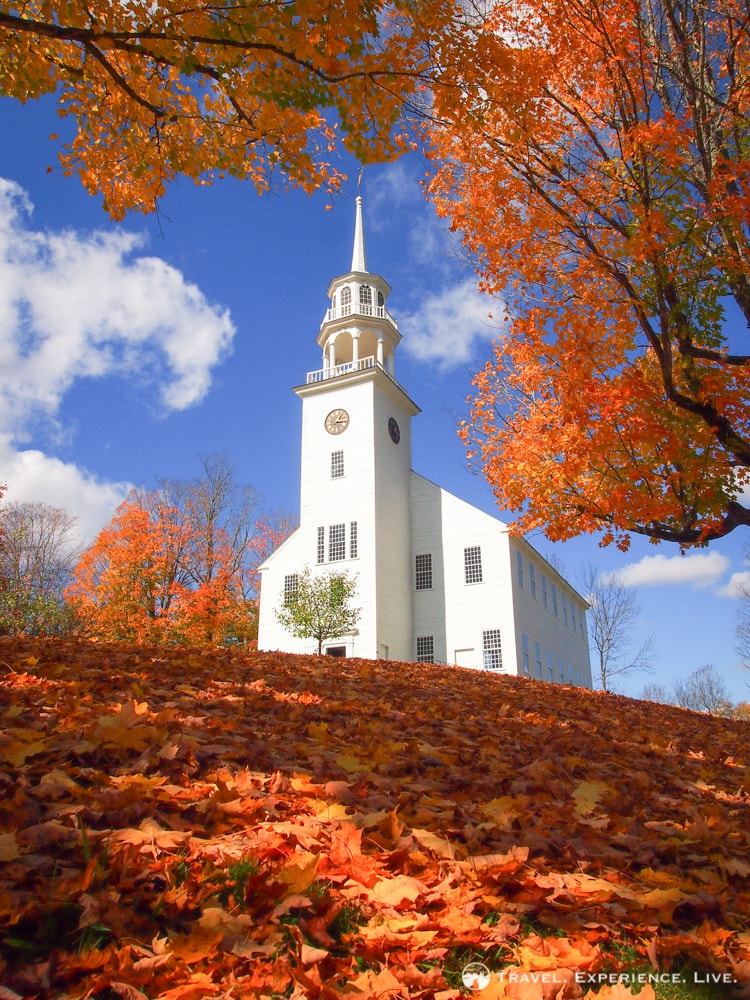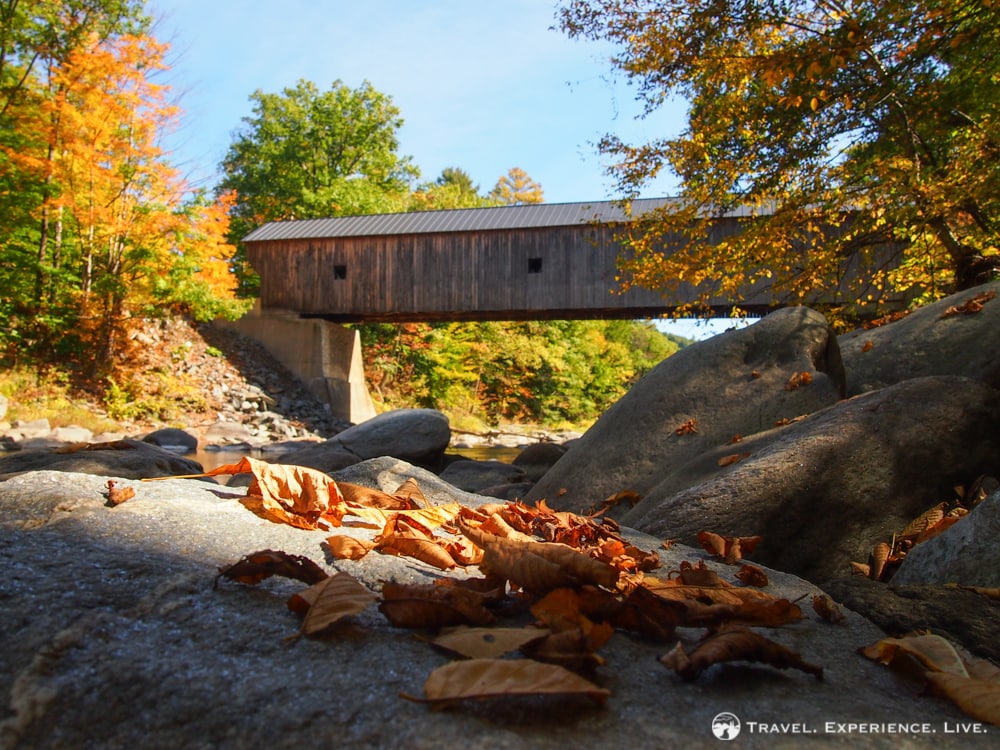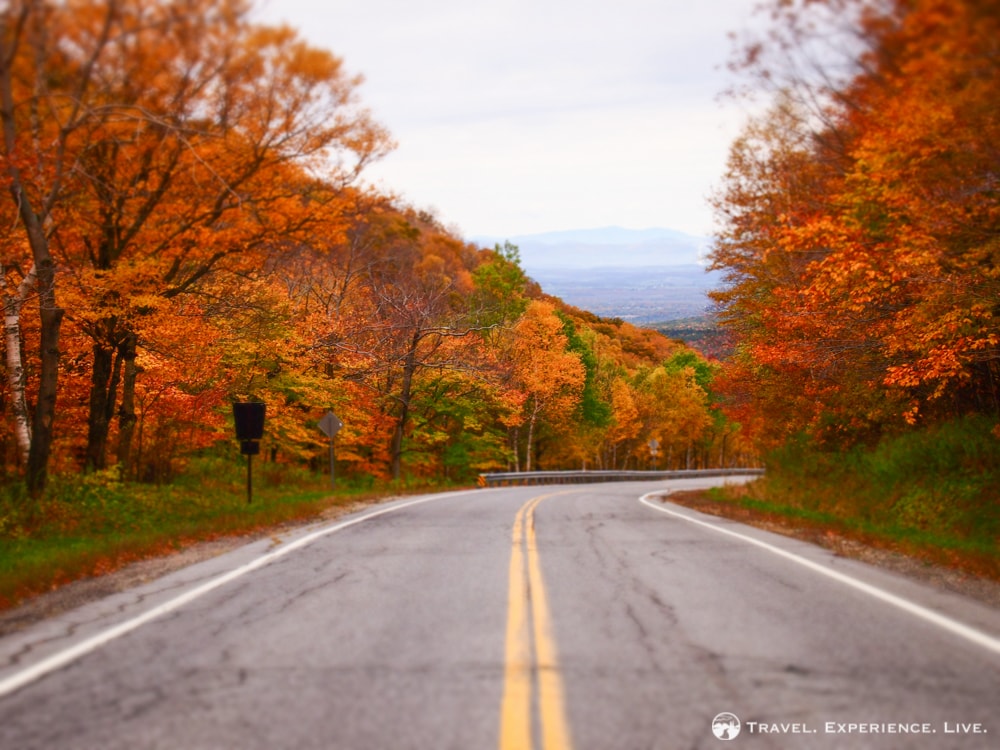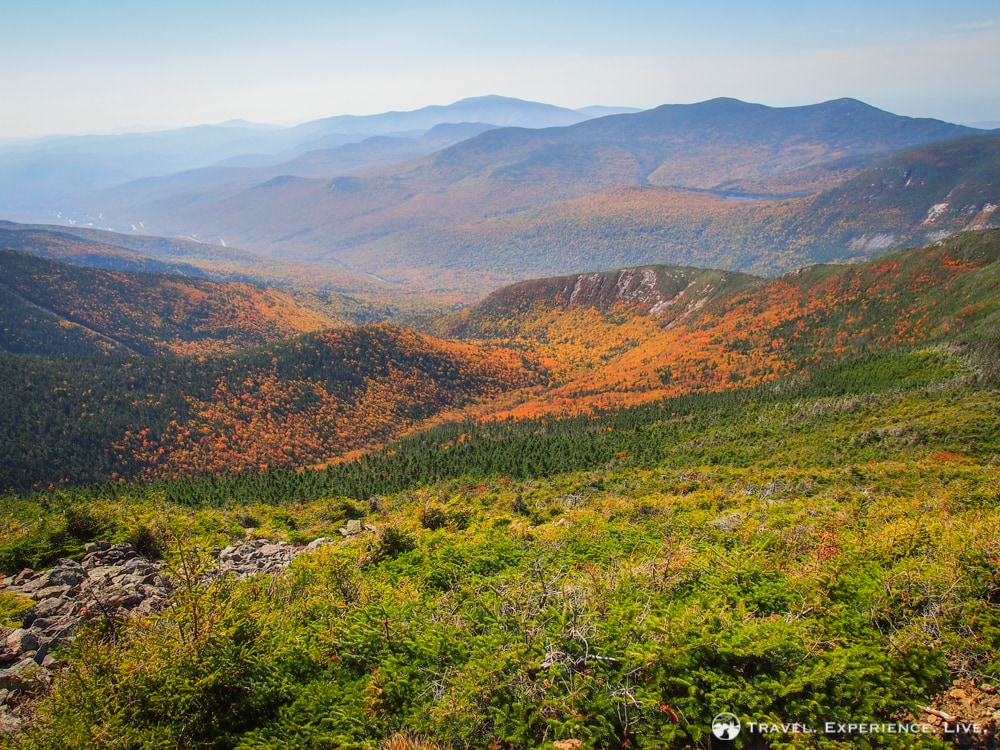Yeah, so there was no way I wasn’t going to do a photo essay on the fall in New England. After missing it three years in a row, this time I was actually here to witness one of the best fall foliage in the world.
New England is fortunate not to have one high season, but two. After summer is gone, the colors of the fall season still attract huge flocks of tourists, the so-called leaf-peepers.
I currently live in Thetford, Vermont, right on the border of Vermont and New Hampshire, which allows me to explore both states at once. That’s pretty great. I’ve been here for more than half a year now and I have done quite a lot of exploring.
After a couple of fall hikes and several foliage drives I now have a collection of hundreds of fall photos.
Sooooo, here are my best photos of fall in New England.
Fall in New England
What Happens to a Leaf in the Fall?
Green leaves are green because they contain chlorophyll, a type of pigment that is located inside a chloroplast. Chlorophylls are green and are of vital importance to a plant. Its function is to capture rays of sunlight and to use that solar energy to produce food for the plant. With the aid of sunlight it essentially turns carbon dioxide and water into oxygen and sugars.
During the warm growing season chlorophylls are present in enormous quantities in the cells of the leaf. There are so many of them that their green color completely masks any other colors that may be present.
However, in the fall, when the length of the days shortens and it gets colder, the veins that transport fluids to and from the leaf start being closed off by a layer of cork cells at the leaf’s base. With the development of this layer of cork, the leaf’s cells stop receiving sufficient water and minerals. As a result, the chlorophyll starts to die off.
As the amount of chlorophyll decreases, the cell’s other pigments begin to appear. The yellow xanthophyll and orange beta-carotene pigments are always present in the leaf, while the red anthocyanin pigment is synthesized after about half of the green chlorophyll is gone.
When the cork layer is completed, the chlorophyll completely gone and the leaf bright yellow, orange or red, the leaf falls down to forest floor, where it will be composted and serve as nutrients for plants, fungi and small woodland creatures.

